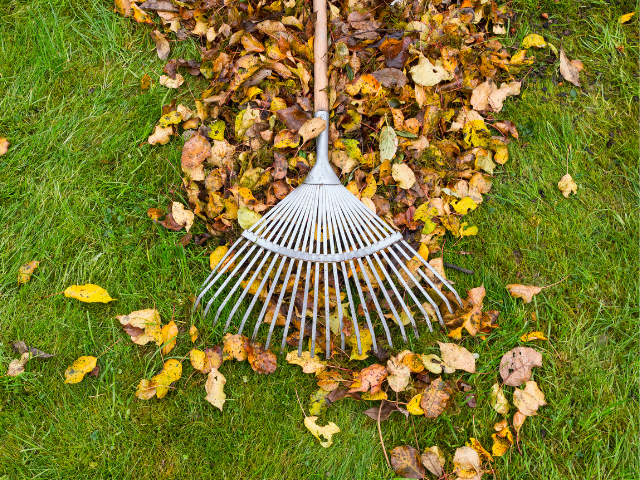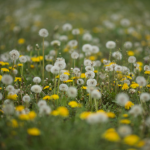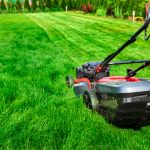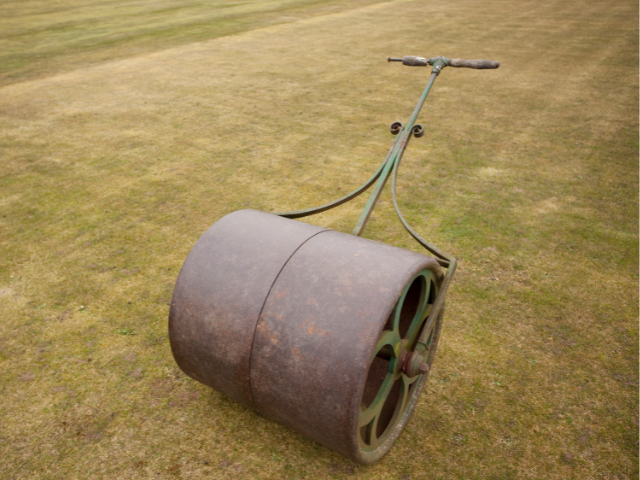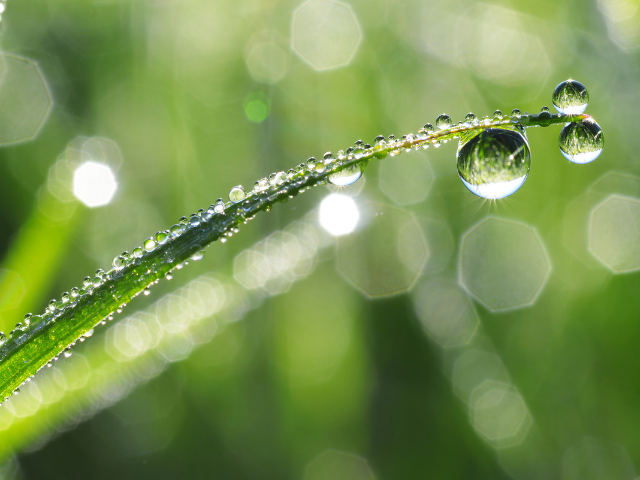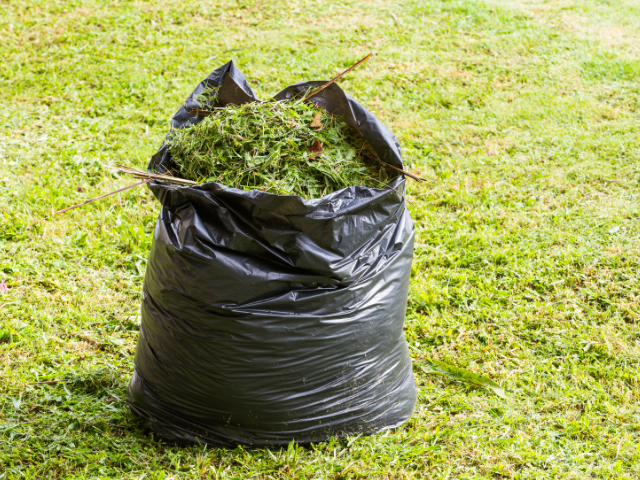The leaves are starting to turn yellow and red, the days are getting shorter, and a chill is in the air. Fall is officially here! This means that it’s time to start thinking about how to transition your lawn from summer to fall. In this blog post, we will discuss the four stages of fall lawn care and provide tips on how to successfully navigate them. Let’s get started!
Remove the Leaves From Your Lawn
The first step is to remove the leaves that have fallen on your lawn. This will prevent them from smothering your grass and causing it to die. You can either rake them up or use a leaf blower to get rid of them.
If you have a lot of trees in your yard, you may want to invest in a leaf vacuum. This will make the job a lot easier and faster.
Mowing Lawn in Fall
As the temperatures start to cool down and the days get shorter, you will need to adjust your mowing schedule. Instead of mowing every week, you should aim to mow every two weeks. This will give your grass a chance to grow longer and stronger before winter sets in. When you do mow, make sure to set your blade to the highest setting. This will prevent you from scalping your lawn and damaging the grass.
Remove Thatch From the Lawn
Additionally, it’s important to start collecting your grass clippings. During the summer, you can leave them on the lawn to provide some extra nutrients. However, in the fall, you should start removing them so that they don’t smother the grass. You can either compost them or use them as mulch in your garden beds.
Lawn Aeration Fall
Fall is the perfect time to start aerating your lawn. This process involves poking small holes in the soil to allow air and water to reach the roots of the grass. Aerating is especially important if you live in an area with compacted soil. You can do it yourself with a hand aerator or hire a professional to do it for you.
Fall Fertilizer Application
The first step in transitioning your lawn care from summer to fall is applying fertilizer. Fertilizer helps your grass grow thick and green, and also provides essential nutrients that help it withstand the colder temperatures of winter. The best time to apply fertilizer is in late September or early October, just as the weather starts to cool down. Be sure to use a fertilizer that is designed for cool-season grasses, such as rye or fescue. Apply the fertilizer according to the manufacturer’s directions, and water it well.
Spread Seed on the Lawn
The best time to seed your lawn is in the early fall when the temperatures are cooler and there is more rainfall. Be sure to rake up any dead leaves or grass clippings before you spread the seed so that it has direct contact with the soil. Also, be sure to keep the seeded area moist by watering regularly until the seeds have had a chance to germinate and grow.
Watering Your Lawn in the Fall
As the weather cools down and the days grow shorter, your lawn will need less water. You can reduce your watering schedule to every three or four days. Be sure to check the forecast before you water and adjust as needed; if rain is in the forecast, you can skip a day or two of watering. Also, take note of any changes in your lawn; if it starts to turn brown or looks stressed, it may need more water. As a general rule of thumb, most lawns need about one inch of water per week.
Weed Control in the Fall
Weed control is important in the fall because that’s when most weeds are actively growing and producing seeds.
To control weeds, you need to understand what types of weeds are on your lawn and how they grow. Then you can develop a plan to effectively control them.
FAQs About Fall Lawn Care Tips
What is the best fertilizer to use in the fall?
The best fertilizer to use in the fall is one that is high in phosphorus. This will help your lawn develop a strong root system, which is important for surviving the winter.
What is the best lawn treatment?
You can get a soil test to find out what nutrients your lawn is lacking. This will help you choose the right fertilizer for your lawn.
Which grass seed is best?
The best grass seed for your lawn will depend on the climate you live in and the type of soil you have. You should consult with a local nursery or landscape company to find out which grass seed is best for your lawn.
